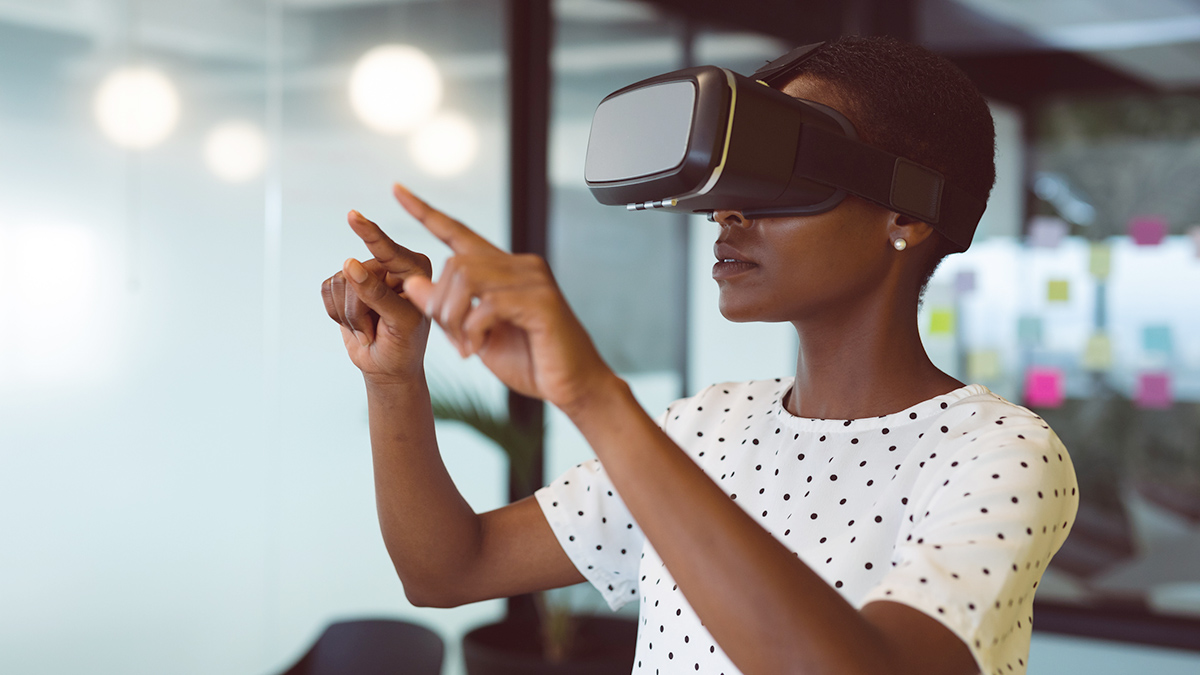Evidence-backed VR therapy helps patients overcome phobias

Adam Hutchinson, founder of oVRcome, discusses the weight the New Zealand-based company places on ensuring the accuracy and effectiveness of its virtual reality (VR) treatments through clinical trials.
A recent study revealed that most mental health apps lack scientific backing to verify their claims, but Hutchinson says oVRcome ensures its platform – which provides VR exposure therapy for patients with phobias – is effective by working directly with clinical psychologists and performing clinical trials to verify results.
“We realise how important [clinically proven treatments] are for people. At the end of the day, we’re a startup that no one knows on the other side of the world using virtual reality, a technology that not many people understand. That’s why it was super important to do clinical trials,” Hutchinson says.
With the rise of VR use in medicine, it’s vital to prove the validity of treatment to ensure it has the most significant effect on patients and bestows confidence in the product.
Creating experiences
The platform has utilised the expertise of several clinical psychologists during the development process who help with each programme created.
"We wouldn't be able to do this without them, nor should we try to do this without them," Hutchinson states.
"Typically, the clinical psychologist has many years of experience in the area. We work with them on looking at how current treatment works. We do a literature review. We do some research. We then develop an initial hypothesis for the programme and work with them on developing it. 100% they are the most important part of this."
Six clinical psychologists are advisors within the team. oVRcome also uses data to personalise treatment, allowing therapies to be tailored to an individual's needs.
"We have a big library of VR content that continuously grows. We categorise that content and use a lot of AI to build insight into what's happening. We can see how people respond to that, and then we personalise the treatment based on that insight," Hutchinson says.
Hutchinson's background is in data science, and he understands the massive opportunity that comes with gathering data to customise treatments to get better outcomes for each individual.
"We find that certain people with certain triggers respond to certain environments. It's that response, what their body and their brain are doing, that we look at. We use data based on that to customise their treatments," Hutchinson states.
Customised treatments are a moot point unless they're readily available to those needing them most.
oVRcome is offered via a mobile health application combining self-guided VR exposure therapy and cognitive behavioural therapy for 12 phobias – including fear of flying, heights, dogs, needles, and spiders – and social anxiety.
"The goal of oVRcome is about making treatment for mental health more accessible. There are four factors as to why 80% of people that have an anxiety disorder don't seek out treatment – cost, location, stigma, and lack of psychologists," Hutchinson states.
"The number one reason is cost, so we really shouldn't be putting a $400 (£326) or $500 (£408) Oculus Quest in front of patients that they'd require to get the treatment. It's a barrier. So, from day one, it's been about targeting the smartphone, which everyone has, and 95% of smartphones are capable of delivering a VR experience."
The smartphone model was essential for access to oVRcome during the recently conducted clinical study and allowed many participants to be involved in the clinical trial.
Trial outcomes
The effectiveness of oVRcome was assessed in a two-arm, six-week randomised controlled trial through the University of Otago with a waitlist control group and follow-up at week 12.
A call for participants to register for the trial garnered 350 registrations within 48 hours, one of the fastest recruitments of a clinical trial in New Zealand's history.
Participants would first undergo audio-based cognitive behavioural therapy, where they learned tools and techniques to manage their anxiety through the app at home. Once they finished the two-week-long psychoeducation portion, they started virtual reality exposure therapy.
Participants aged 18 to 64 years were required to have access to a smartphone and the internet. The people who registered to participate had a phobia on average for 26 years.
Many tried different modalities to treat their phobia before the trial but were unsuccessful.
"They had gone to psychologists, they had done hypnotherapy, but what they saw in VR was, it's a new piece of technology. Here's light at the end of the tunnel; this is something that I can do remotely from home," Hutchinson states.
The university selected 126 people to participate and found that overwhelmingly the most widespread phobia was a fear of flying.
Air New Zealand, the national flyer and the biggest airline in New Zealand, heard about the study and allowed oVRcome's team to film some of the VR content in their planes.
"They put on a plane and a crew and allowed us to go and film some of that content. So, participants experienced what it was like to check in, drive to the car park, board the plane, and have the door closed down on them. They were able to go through that entire environment virtually from their home," Hutchinson states.
"Generally speaking, for someone to do exposure therapy, the psychologist needs to be alongside them, particularly for flying. That's expensive to have a psychologist join you on a flight. But for many people, that's what they had to do. With [oVRcome], it's about using virtual reality to bring that environment into the home."
The VR exposure therapy lasted four weeks with 20- to 30-minute sessions per day, five days per week being the most effective.
In the end, researchers found that "self-guided use of the oVRcome app was effective at reducing the severity of specific phobia symptoms in a sample of people with self-reported fear of flying, heights, spiders, dogs, or needles."
"It was amazing. We were getting emails from people that were able to fly for the first time after the trial. They were able to fly and see their family. For fear of needles, the second biggest phobia present, they were able to get their vaccination, for example, which was amazing," Hutchinson states.
The clinical trial proved to be a success for the company and patients. Still, Hutchinson states that oVRcome aims to reach more people so more individuals with phobias can benefit from their treatments and is looking to expand its partnership options to different regions of the world.
"In terms of channel partnerships and distribution, while we're really focused on product, we've got to think about how to reach people as well," Hutchinson states.
"To some extent, there's a benefit to being in New Zealand. It's like operating in a cave where you can just focus on product, and that's what we're doing, but 100% we're interested in partnerships. Let's build great treatment, ensure its clinically proven, then let's scale."
To learn more about oVRcome, click here.
About the interviewee
 Adam Hutchinson is the founder of oVRcome, a digital health startup using virtual reality to make mental health treatment more accessible via the smartphone. Hutchinson previously founded CamperMate & GeoZone, a travel app and location-based advertising platform helping tourists travel New Zealand and Australia, which was acquired in 2015. He is passionate about applying innovative technologies to improve lives and experiences.
Adam Hutchinson is the founder of oVRcome, a digital health startup using virtual reality to make mental health treatment more accessible via the smartphone. Hutchinson previously founded CamperMate & GeoZone, a travel app and location-based advertising platform helping tourists travel New Zealand and Australia, which was acquired in 2015. He is passionate about applying innovative technologies to improve lives and experiences.
About the author
 Jessica Hagen is a freelance life sciences and health writer and project manager who has worked with medical XR companies, fiction/nonfiction authors, nonprofit and for-profit organisations, and government entities.
Jessica Hagen is a freelance life sciences and health writer and project manager who has worked with medical XR companies, fiction/nonfiction authors, nonprofit and for-profit organisations, and government entities.











